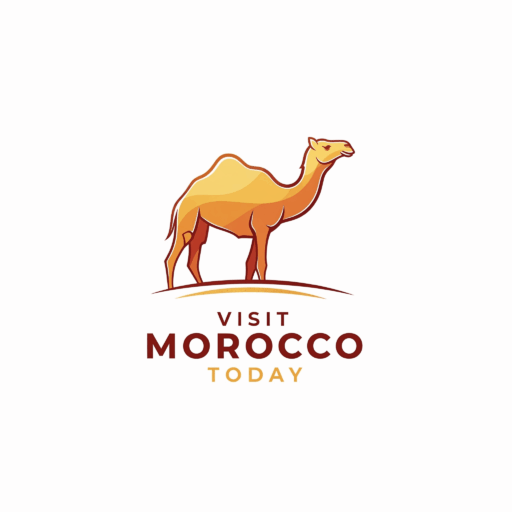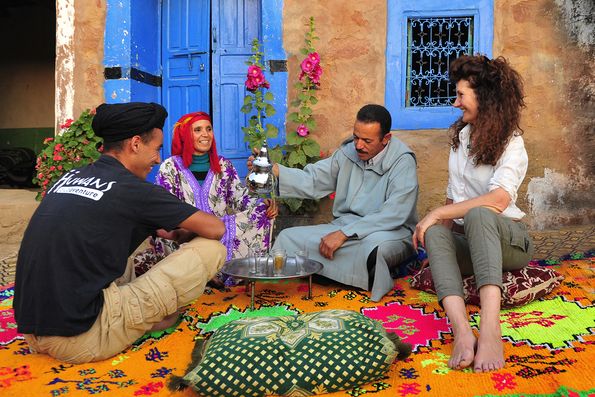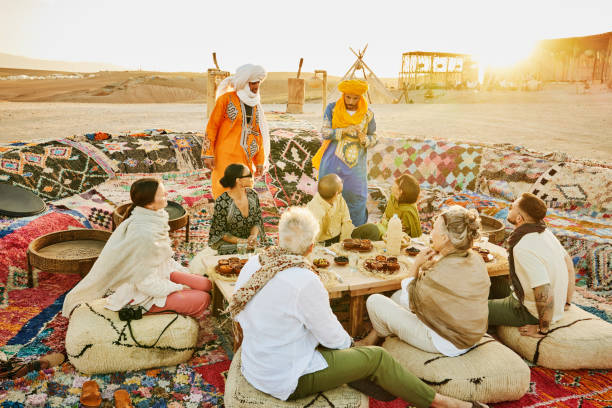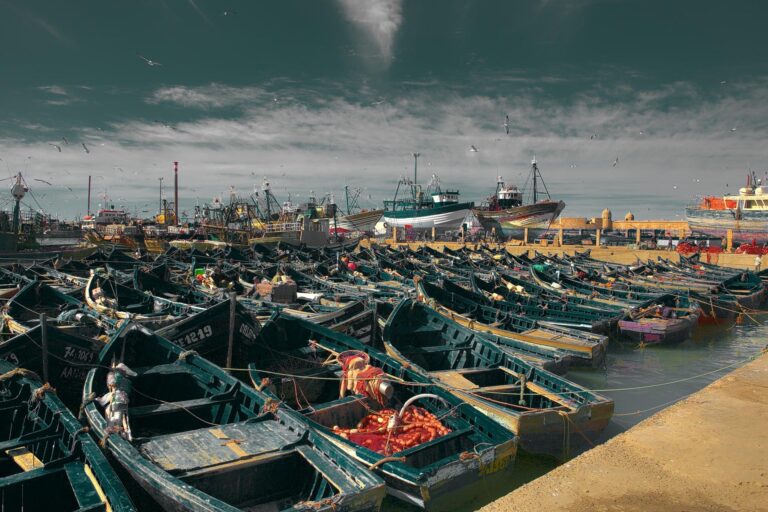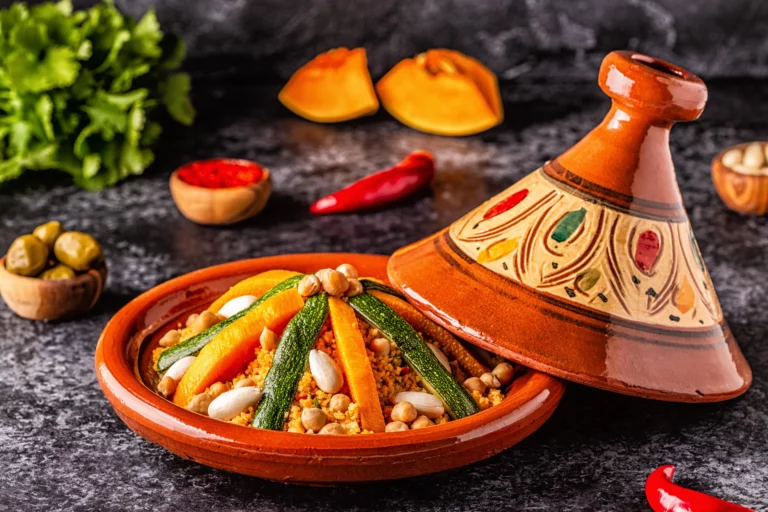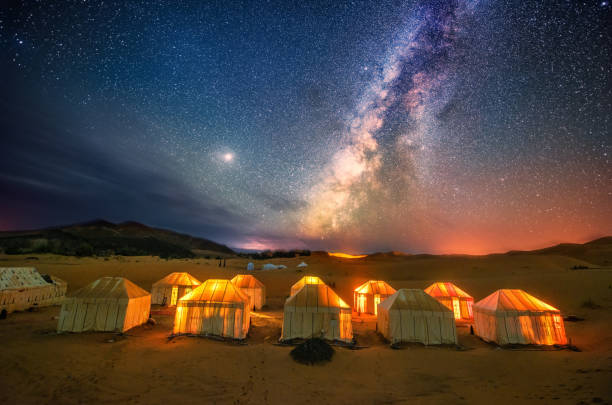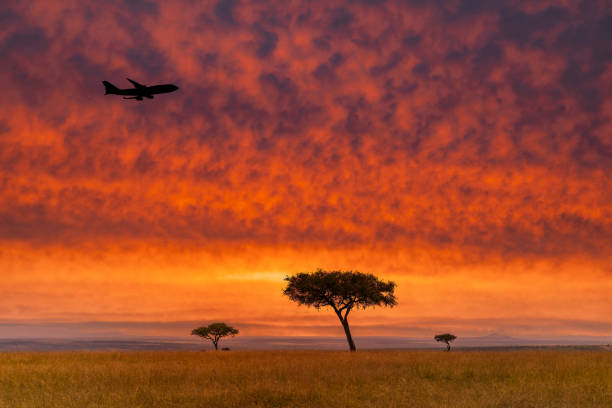Language in Morocco: All You Need to Know
Morocco is a country where language shapes culture, history, and identity. The language in Morocco reflects a unique blend of influences from Arabic, Amazigh (Berber), French, Spanish, and increasingly, English. Whether you stroll through the vibrant streets of Marrakech or journey across the Atlas Mountains, you will experience this fascinating diversity firsthand. Understanding the Morocco country language landscape helps us appreciate its cultural richness and multilingual fabric.
The Diversity of Language in Morocco
Morocco’s linguistic diversity stands as one of its most remarkable features. The coexistence of multiple languages enriches daily life and reflects the country’s complex heritage. Among these, Moroccan Darija, a local Arabic dialect, serves as the primary language for daily conversations. Meanwhile, Modern Standard Arabic functions as the official language for government, media, and formal settings. In addition, Amazigh languages, with their official recognition, continue to preserve the country’s indigenous roots. Moreover, French and Spanish reflect historical ties and play important roles in education and business. Lastly, English is becoming an increasingly vital language for Morocco’s future in a globalized world.
Morocco’s Multilingual Identity: Language for Morocco’s Cultural Fabric
The language in Morocco intertwines deeply with its culture and history. The country’s geographical position has allowed a variety of languages to flourish side by side. Arabic dominates official and religious life, Amazigh sustains indigenous traditions, while French and Spanish point to colonial legacies and modern international connections. Language truly serves as a bridge linking Morocco’s past, present, and future. As the local saying goes, “Language is the blood of the soul,” emphasizing how language forms the heart of Moroccan identity.
A Historical Journey of Morocco’s Languages
To understand the language in Morocco, one must explore its historical roots:
- Pre-Islamic Era: Amazigh languages thrived across Morocco long before the Arab arrival, forming the foundation of the country’s linguistic heritage.
- Arab Conquest (7th Century): Arabic spread widely, shaping governance, literature, and culture, while Amazigh languages remained resilient.
- Colonial Period: French and Spanish colonization introduced new languages, embedding them in administration, education, and commerce. French became dominant nationwide, whereas Spanish remained influential mainly in northern regions.
Contemporary Language Policy and Recognition in Morocco
Morocco’s language policy mirrors its multilingual reality. Since the 2011 constitution, Amazigh has received official status alongside Arabic, marking a milestone for linguistic inclusion. Furthermore, the government actively promotes both languages through educational reforms and cultural initiatives. However, discussions about the roles of French, Arabic, and Moroccan Darija remain dynamic, showcasing the evolving nature of Morocco’s linguistic landscape.
Modern Standard Arabic: The Official Language for Morocco
Modern Standard Arabic (MSA) stands as the official language for Morocco, used in government, media, and education. It facilitates clear, formal communication across the diverse population. Government documents, news broadcasts, and formal events all rely on MSA, which modernizes Classical Arabic for contemporary use. Additionally, schools emphasize literacy in MSA to connect students with both their cultural heritage and the broader Arab world.
Moroccan Darija: The Language of Daily Life in Morocco
Moroccan Darija serves as the dominant spoken dialect across Morocco. It differs from MSA with unique grammar, vocabulary, and pronunciation, influenced by Arabic, Amazigh, French, and Spanish. Darija also varies regionally, reflecting Morocco’s cultural diversity. Moreover, Darija plays a key role in popular culture, music, and social media, helping Moroccans express their identity and connect socially.
Amazigh Languages: Preserving Morocco’s Indigenous Heritage
The Amazigh languages are essential to Morocco’s cultural identity. These indigenous languages include three main dialects:
- Tarifit (North)
- Tamazight (Central Atlas)
- Tashelhit (South)
In recent years, efforts to revive the ancient Tifinagh script and promote Amazigh literacy have gained momentum. Educational programs and media initiatives actively support Amazigh, emphasizing its importance for Morocco’s identity and heritage.
French and Spanish: Historical and Modern Influences on Morocco’s Language
French continues to play a significant role in Morocco’s education system, business, and government due to its colonial legacy. It remains a language of science, technology, and professional advancement. Additionally, code-switching between French and Arabic is common, particularly in urban centers.
Spanish, on the other hand, has a strong presence in northern Morocco, especially among older generations. Schools in this region maintain Spanish instruction, preserving its cultural and linguistic influence.
English: The Emerging Language for Morocco’s Global Future
English is quickly becoming an important language in Morocco, driven by globalization, tourism, and digital communication. Schools increasingly include English in their curricula, and young Moroccans embrace it as a gateway to international opportunities. As a result, English is shaping Morocco’s future linguistic landscape alongside traditional languages.
Minority Languages and Communities in Morocco
Morocco also hosts several minority languages, such as:
- Hassaniya Arabic, spoken by Sahrawi communities blending Arabic, Berber, and Spanish influences.
- Jewish languages like Haketia and Judeo-Arabic, which preserve Morocco’s Jewish heritage.
These languages add further layers to the country’s complex linguistic mosaic.
Tips for Travelers: Navigating the Language in Morocco
When visiting Morocco, learning basic phrases in Moroccan Darija and French will help you connect with locals. Furthermore, practicing cultural etiquette—like using the right hand for greetings—enhances your experience. These simple steps open doors to Morocco’s rich linguistic and cultural diversity.
Looking Forward: The Future of Language for Morocco
The language in Morocco continues to evolve. While English gains prominence, the country remains committed to preserving Arabic, Amazigh, and French. Language will undoubtedly remain a core pillar of Morocco’s identity, culture, and global connections for years to come.
Frequently Asked Questions About Language in Morocco
What is the official language in Morocco?
Modern Standard Arabic serves as the official language used in government and media.
What is Moroccan Darija?
It is the widely spoken everyday Arabic dialect, distinct from Modern Standard Arabic.
Is French widely spoken?
Yes, especially in education, government, and business, reflecting Morocco’s colonial history.
Why is Amazigh important?
Amazigh is an indigenous language central to Morocco’s culture and identity.
Is English popular in Morocco?
Yes, particularly among youth, in education, tourism, and business sectors.
Are there minority languages?
Yes, including Hassaniya Arabic and Jewish heritage languages like Haketia and Judeo-Arabic.
What phrases should travelers learn?
Basic greetings and polite phrases in Darija and French are very useful.
